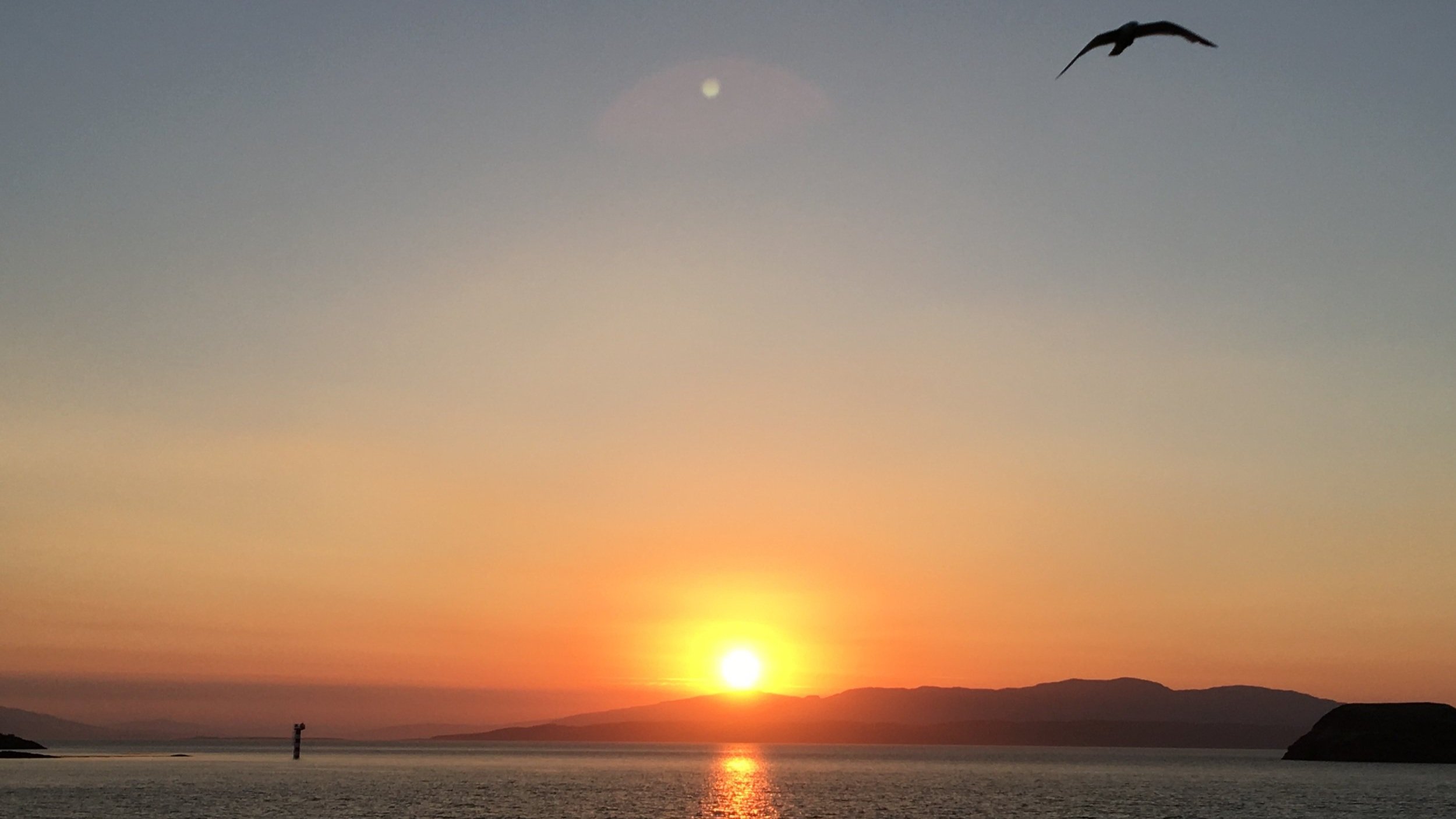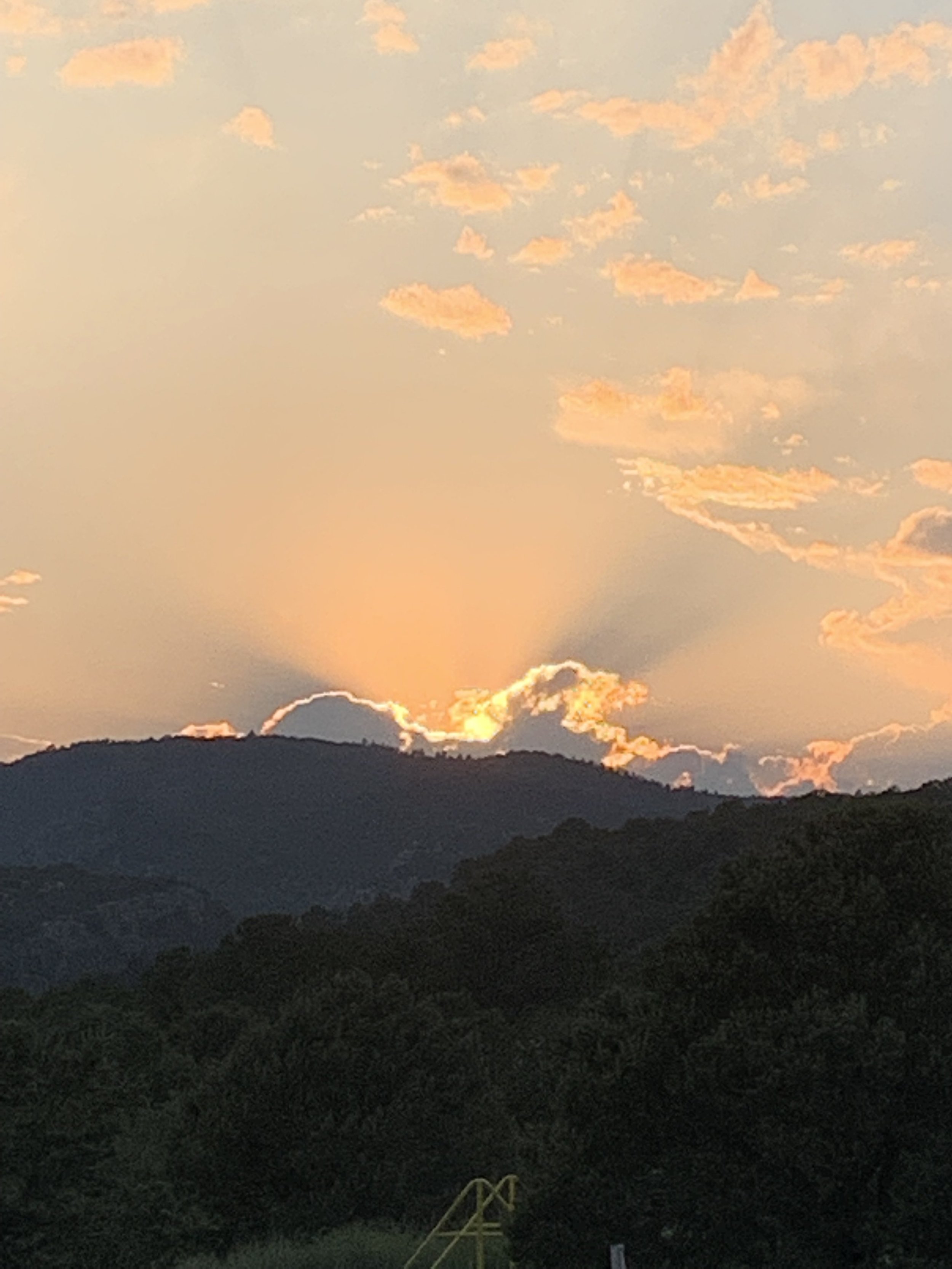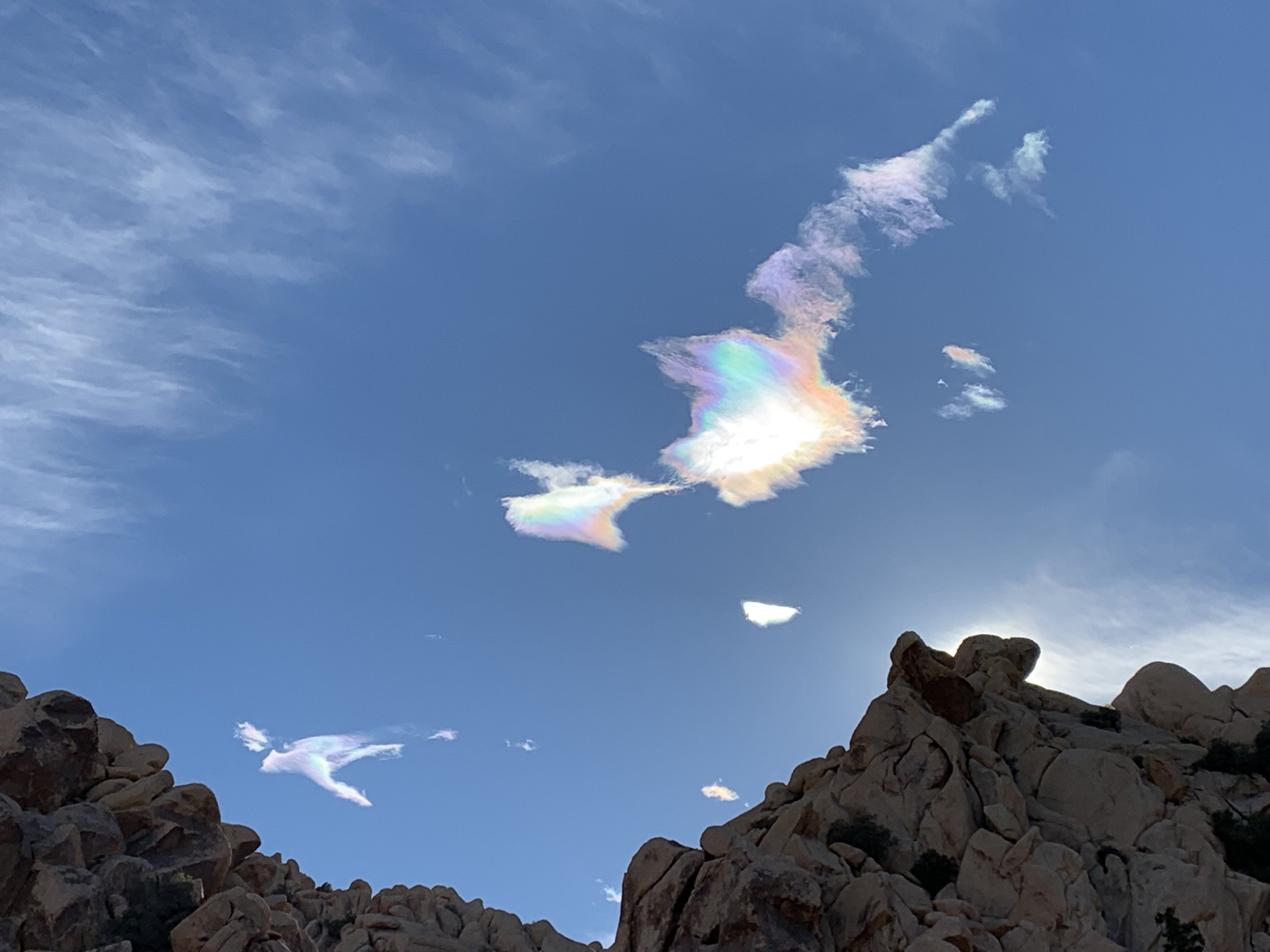
Radical Hope
During times of crisis, injustice, and horrifying violence, we need to draw from our deepest well, a place of hope.
Read Our Piece “The Deepest Well: Radical Hope” Below

The Deepest Well: Radical Hope
During times of crisis, injustice, and horrifying violence, we need to draw from our deepest well, a place of hope.
There are two kinds of hope.
First, there is what we are calling “practical hope.” This approach was conceived by C.R. Snyder (2000), a positive psychologist and insightful theorist who brought us Hope Theory. Snyder defined hope as a set of goals, a sense of agency, and the crafting of multiple pathways towards those goals. When one path is blocked, it is adaptive to find another route. When faced with helplessness, we can rekindle hope by renewing our sense of agency. People feel agentic when we broaden or deepen our capacity to foster change. We can increase our sense of agency by thinking and acting, investigating and deciding, or exploring and choosing.
This kind of hope has a strong evidence-base (Snyder, et al., 2002). It works…most of the time.
However, when facing destructive forces, overwhelming injustice, and relentless atrocities, we need another kind of hope . . . radical hope.
Radical hope means grounding ourselves in the possibilities and making proactive efforts to transform them into promise. It is believing that there are ways to move forward, to survive, resist, and prevail, without knowing exactly where we will be when we arrive. Radical hope is knowing that “one can fight for justice and that fight will not be futile” (French et al., 2020, p. 26).
One way to cultivate radical hope is to remember and honor the histories of resistance and perseverance from your own cultural background. For example, you may know of ancestors, important figures or groups of people who embodied radical hope. They were able to imagine and strive for a future that did not feel possible during their time. The future was unclear, but they held fast to their vision of goodness, truth, and justice and moved towards it.
We need both practical hope and radical hope to move towards our dream of dreams with a sense of agency and faith in our collective power to make positive change; to believe that it is possible to create a better world even in the face of ongoing disaster, overwhelming odds, and seemingly insurmountable challenges. Looking to the people who embodied radical hope in our collective histories is a good place to start.



References
French, B. H., Lewis, J. A., Mosley, D. V., Adames, H. Y., Chavez-Dueñas, N. Y., Chen, G. A., & Neville, H. A. (2020). Toward a psychological framework of radical healing in communities of color. The Counseling Psychologist, 48(1), 14-46. https://doi.org/10.1177/0011000019843506
Snyder, C. R. (Ed.). (2000). Handbook of hope: Theory, measures, and applications. Academic press.
Snyder, C. R., Rand, K. L., & Sigmon, D. R. (2002). Hope theory. Handbook of positive psychology, 257, 276.
For more thoughts on hope, check out the following resources:
How to Have Hope-Greater Good Science Center
A Poet's Take on Looking to Language for Radical Hope
Building Bridges on Campus: Dialogue and Care in Times of Conflict. Greater Good Science Center, UC Berkeley and Interfaith America. (Dec 14, 2023).
Navigating the Israel-Hamas Conflict by Dr. Tania Israel (Oct. 18, 2023), a Professor of Counseling Psychology at the University of California, Santa Barbara and award-winning author of Beyond Your Bubble: How to Connect Across the Political Divide, Skills and Strategies for Conversations That Work (APA, 2020) and Facing the Fracture: How to Navigate the Challenges of Living in a Divided Nation.
What Halibut Fajitas Taught Me about Bridging the Political Divide, Dr. Tania Israel, University of California, Santa Barbara